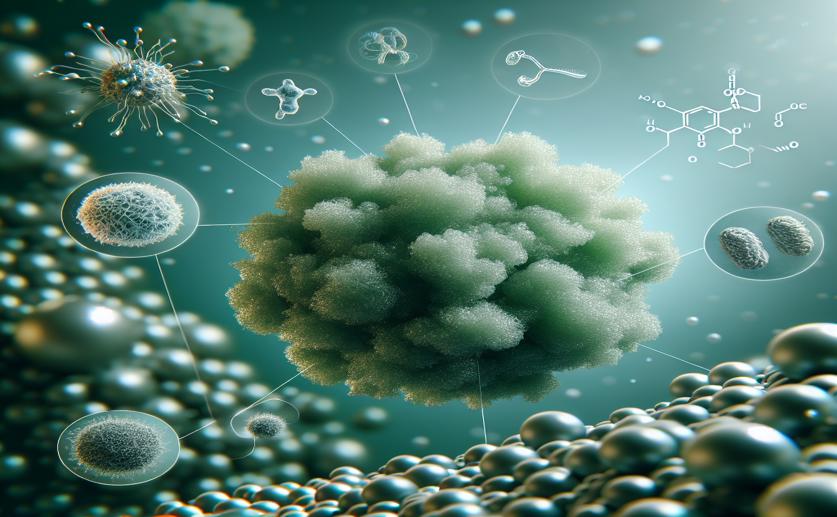
Green-Made Silver Particles: Triple Threat Against Bacteria, Oxidation, and Cancer
Phil Stevens
24th January, 2024

Image Source: Natural Science News, 2024
References
Main Study
1) Antibacterial, antioxidant, and anticancer potential of green fabricated silver nanoparticles made from Viburnum grandiflorum leaf extract.
Published 22nd January, 2024
https://doi.org/10.1186/s40529-024-00411-5



 24th January, 2024 | Jim Crocker
24th January, 2024 | Jim Crocker